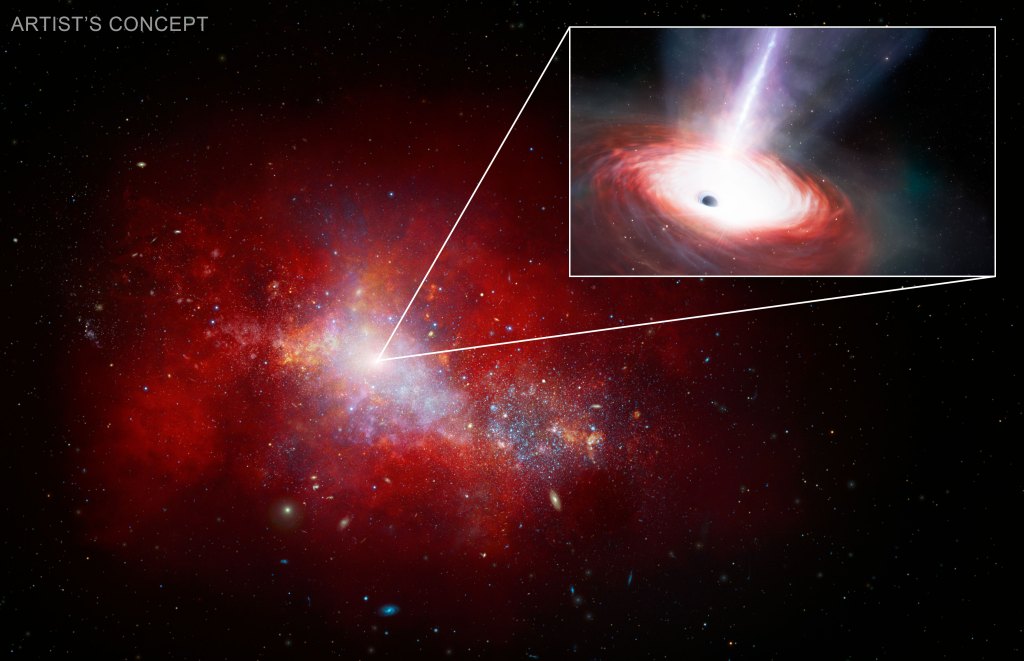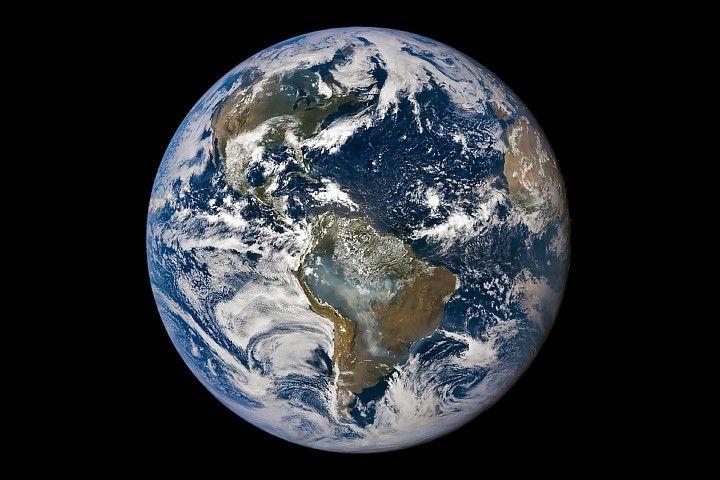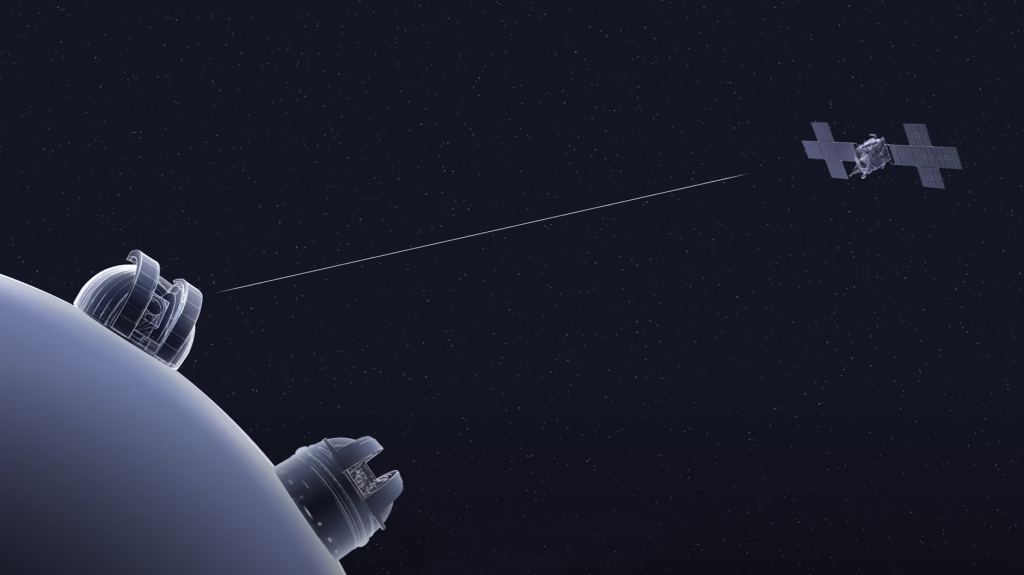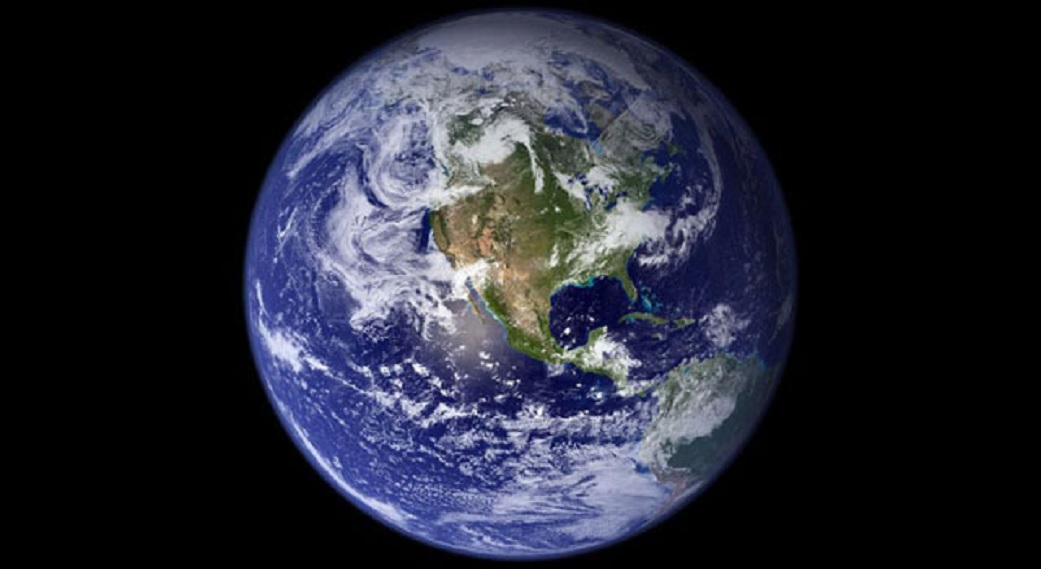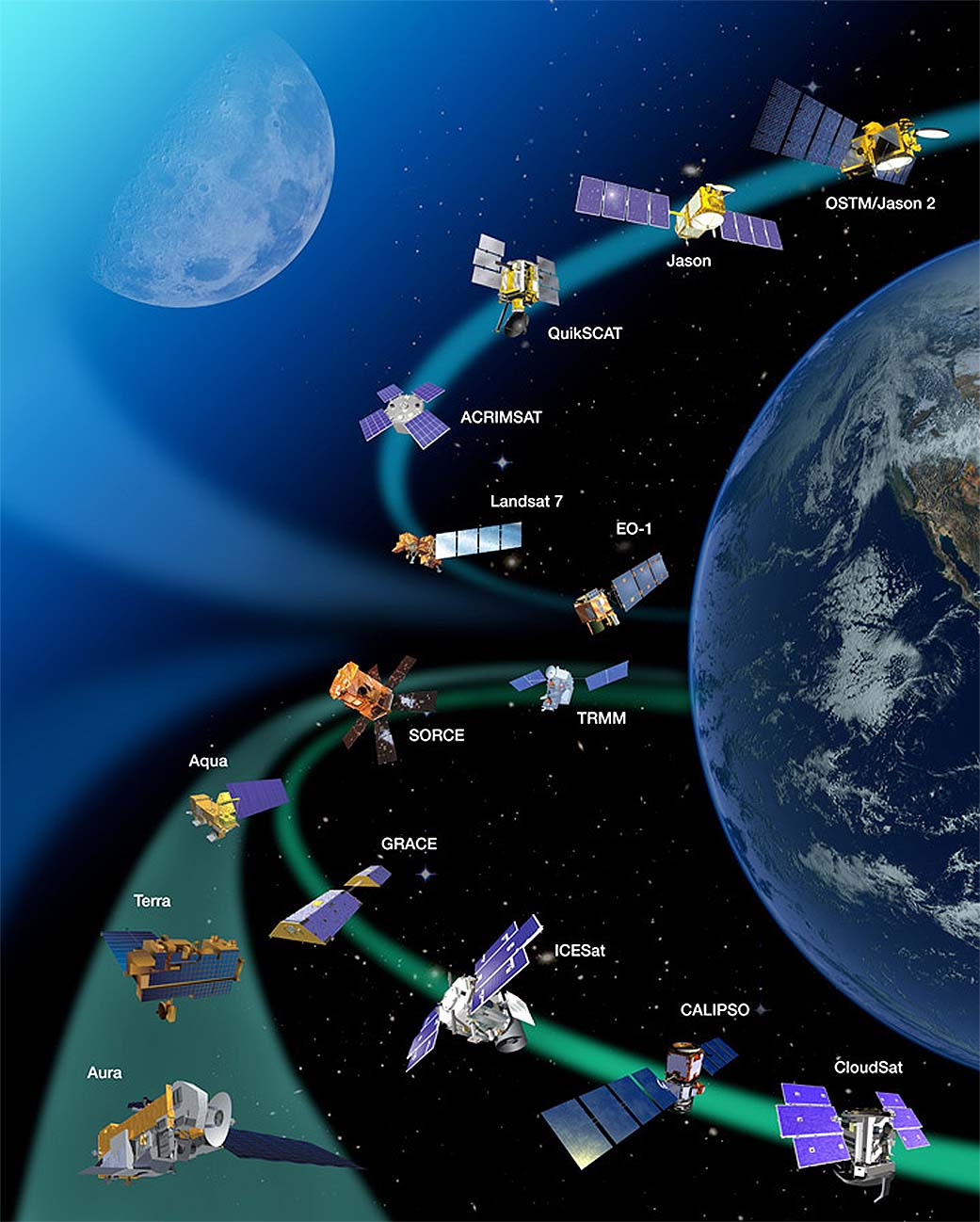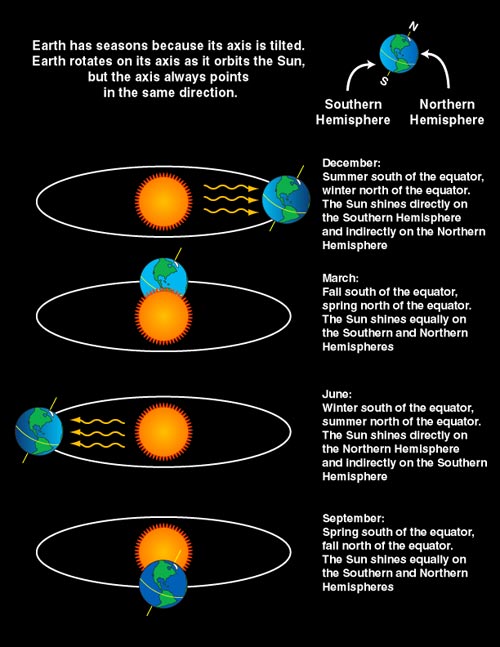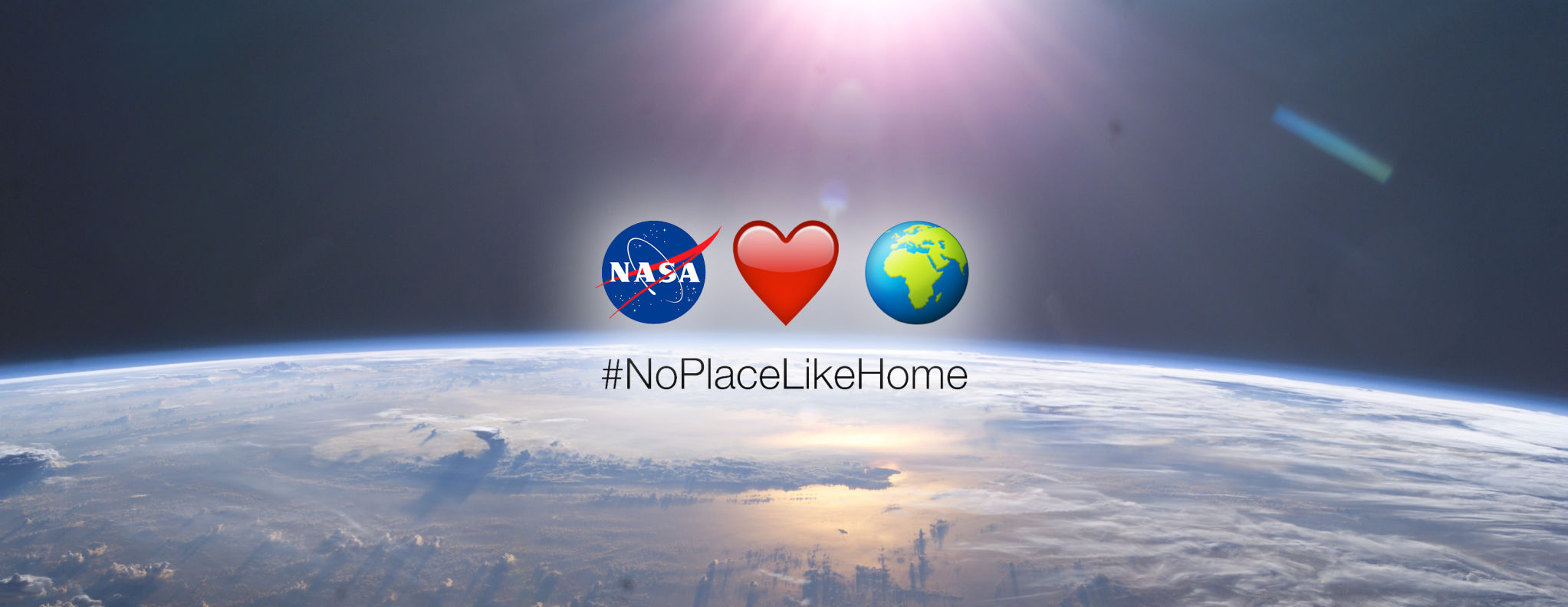This article is for students grades K-4.
Earth is our home planet. Scientists think Earth formed billions of years ago. Four planets in the solar system are bigger than Earth. Three planets are smaller. It is the third-closest planet to the sun. Only Mercury and Venus are closer.
Earth has been called the “Goldilocks planet.” In the story “Goldilocks and the Three Bears,” a little girl named Goldilocks liked everything just right. Her porridge couldn’t be too hot or too cold. And her bed couldn’t be too hard or too soft. On Earth, everything is just right for living things. It’s warm, but not too warm. And it has water, but not too much water.
Earth is the only planet known to have lots of liquid water. Liquid water is important for life. Earth is the only planet where life has been found.
What Does Earth Look Like?
From space, Earth looks like a blue marble with white swirls. Some parts are brown, yellow, green and white. The blue part is water. Water covers most of Earth. The white swirls are clouds. The brown, yellow and green parts are land. And the white parts are ice and snow.
The equator is a make-believe line around the center of Earth. Mapmakers use the line to divide Earth into two halves. The northern half is called the Northern Hemisphere. The southern half is called the Southern Hemisphere. The northernmost point on Earth is the North Pole. The southernmost point on Earth is the South Pole.
How Do We Know Earth Is Round?
People have known that Earth is round for more than 2,000 years! To learn about the planet, ancient Greeks measured shadows. They studied the stars. They used math to figure out Earth’s circumference (how far is it is around Earth). And they saw Earth’s round shadow on the moon during lunar eclipses.
Today, scientists measure Earth’s shape, gravity and rotation. They use GPS and other tools. Their measurements show Earth is round. And pictures taken from space by satellites and astronauts also show the curve of Earth.
But even though Earth is round, it is not a perfect sphere. Its two poles are slightly flat. And its shape changes constantly, though only a small bit at a time.
How Does Earth Move?
Earth travels around the sun. The path Earth follows is called an orbit. The planet takes 365 days to make a full trip around the sun. We call one trip around the sun a year. Earth spins as it travels around the sun. Earth makes a full spin once every 24 hours. We call this a day.
Why Do We Have Day and Night?
Day and night happen as Earth spins. When places on Earth are facing toward the sun, it is daytime. When they are facing away from the sun, it is nighttime.
Why Does Earth Have Seasons?
Earth has seasons because it is tilted. The season depends on whether a place is tilted toward or away from the sun.
In our summer, the Northern Hemisphere is tilted toward the sun. The sun’s rays hit the Northern Hemisphere in a straight line. The days are long and hot. The opposite happens in winter. Then, the north is tilted away from the sun. The days are short and dark. When it is summer in the northern half of Earth, it is winter in the southern half.
In the spring and fall, the sun shines evenly on both hemispheres.
What Are Earth’s Different Parts?
Earth is made up of land, air, water and life. Mountains, valleys and flat places make up the land. The air is made of different gases. One of the gases is oxygen. Oceans, lakes, rivers, streams, rain, snow and ice are made of water. Earth has many different kinds of life. People, animals and plants live on Earth. Some living things are very tiny. Others may be very large.
Each part of Earth connects to and works with the other parts. For example:
- Clouds in the air drop rain and snow on land.
- Water gives life to plants and animals.
- Volcanoes on land send gas and dust into the air.
- People breathe air and drink water.
Why and How Does NASA Study Earth?
Earth’s parts – land, air, water and life – are always changing. NASA studies Earth to learn how it changes. Some of the changes are natural. Some are caused by humans. Scientists want to know how Earth has changed in the past. And they want to know how it is changing now. This helps them predict how Earth might change in the future.
NASA studies Earth by using satellites. Satellites look toward Earth from space. They take pictures of Earth. And they collect facts about all of Earth’s parts. All this helps scientists predict weather and climate.
Knowing more about Earth helps people take better care of it.
More About Earth
Space Place in a Snap: The Solar System’s Formation
Earth: NASA’s Space Place
What Is a Satellite?






